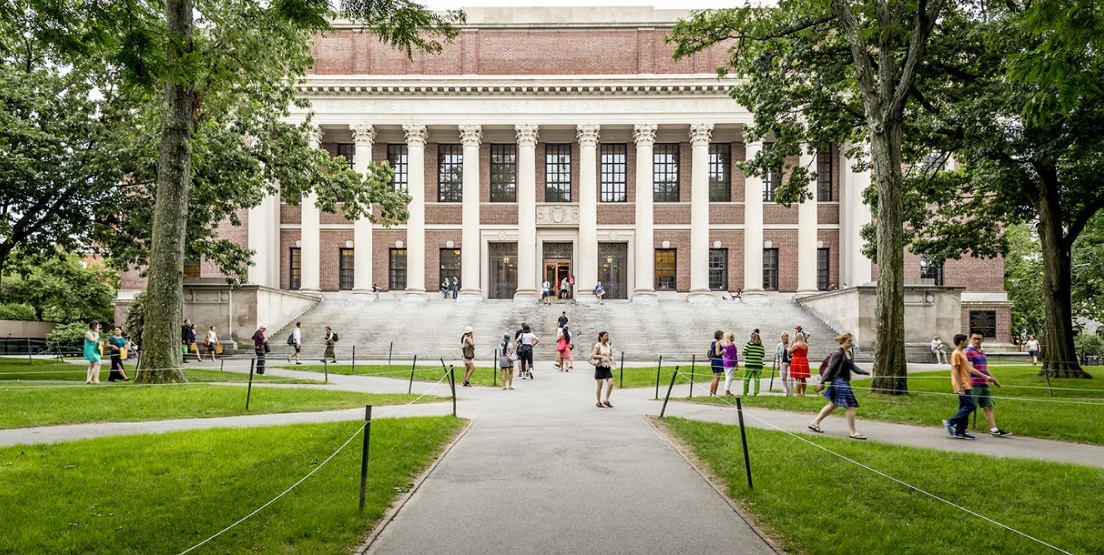Edited by Mark Schneider and KC Deane
With contributing authors Michael B. Horn, Michelle R. Weise, and Lloyd Armstrong
The challenges public comprehensive universities face today are expanding—they have been challenged to enroll and graduate more students, adopt new technologies that lower cost without sacrificing quality, and align program and curricular offerings with the skills that employers require. While these universities have a long history of adapting to change, today’s environment will likely test the capabilities of even the most adaptive institutions. This volume assembles a team of experts from a variety of disciplines to examine both the history of the comprehensive university and what lies ahead.
In this volume’s final chapter, “Learning to Do: Anchoring a State Comprehensive University in Mission Drift,” Michael, Michelle, and Lloyd argue that state comprehensive universities (SCUs) need to think more critically about their missions as institutions. Exploring why students “hire” an SCU through the “Jobs to Be Done” theory—a way of looking at the higher education market from the student’s point of view—shows why many SCUs should return to their regional and vocational roots and develop stronger relationships with industry clusters in the area.
Order via Amazon




